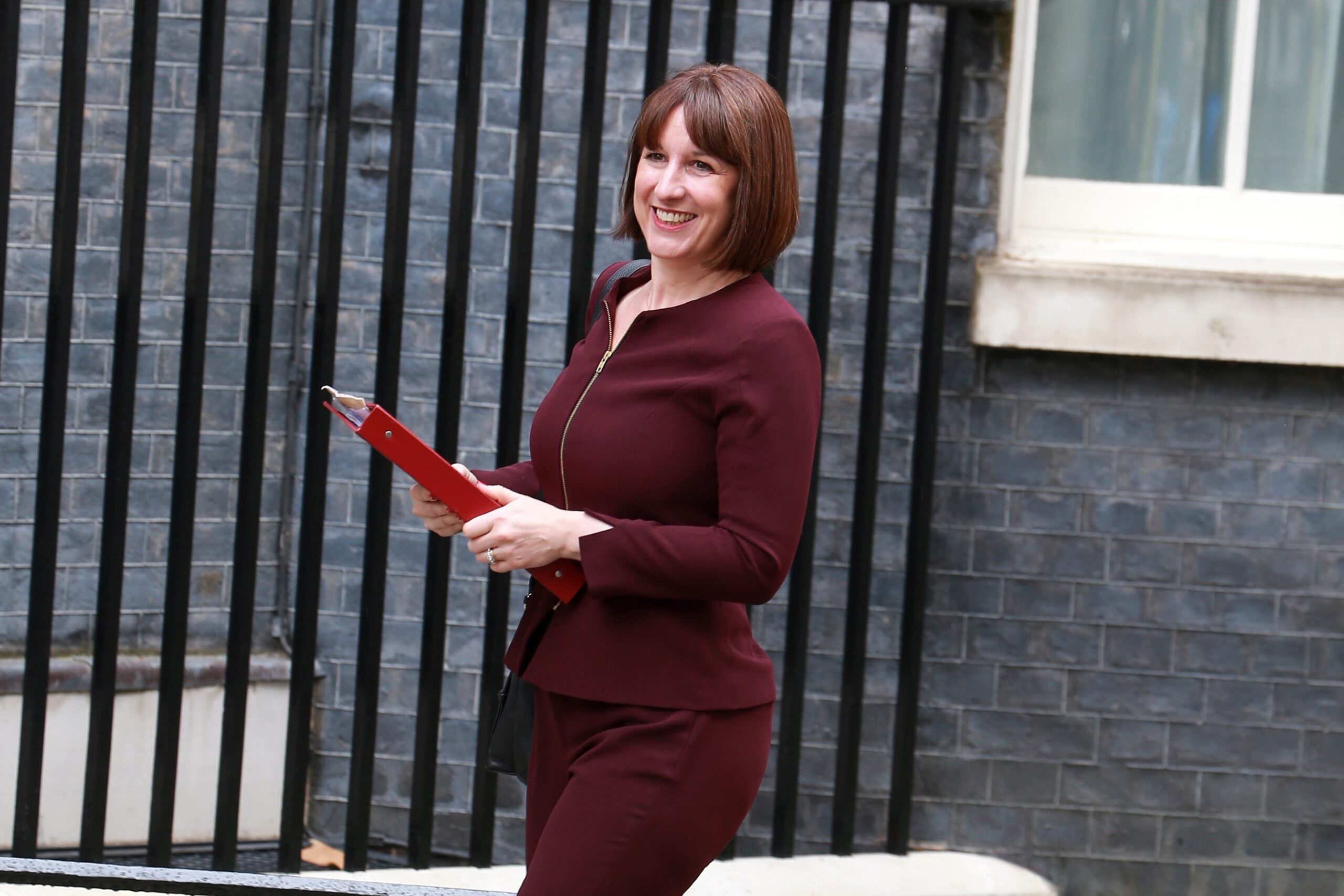
Posted on: 8th January 2025 in Retirement Planning
Planning for retirement can feel overwhelming, but it doesn’t have to be.
By breaking the process into manageable steps, you can create a secure and comfortable future for yourself.
This checklist will guide you through the key aspects of retirement planning to help you achieve financial independence and peace of mind.
Start by understanding where you stand financially.
Make a list of your assets—like savings, investments, and property—and subtract your liabilities, such as debts and loans. This gives you a clear picture of your financial health.
Knowing your net worth helps you understand how much you’ve already saved and what gaps you need to fill.
Look at your income and expenses.
How much money do you have left each month for savings? Identifying areas to cut back can free up funds for your retirement. For instance, small changes like reducing dining out or subscription services can add up over time.
It’s essential to create a realistic budget that allows you to save for retirement while still enjoying life today. Use tools or apps to track your spending and identify areas for improvement.
What does your dream retirement look like?
Decide when you’d like to retire. Consider factors like your health, career satisfaction, and how much you’ll need saved. Early retirement might sound appealing, but it often requires a more aggressive savings plan.
Will you travel? Pursue hobbies? Relocate?
Defining these details helps you estimate the cost of your retirement. For example, retiring abroad might lower living expenses, but you’ll need to account for currency fluctuations and healthcare access.
Remember to account for the possibility of living longer than expected. A longer retirement means you’ll need more savings. It’s better to overestimate your needs than to run out of money later in life.
Spend time visualising your ideal retirement—this can be a motivating factor to stick to your savings goals. Speak with others who are retired to get insights into what worked for them and what they might do differently.
Getting a handle on your future expenses is essential.
Categorise your spending into essentials (housing, utilities, food, healthcare) and discretionary items (travel, entertainment, gifts).
Essentials are non-negotiable, but discretionary spending can vary depending on your priorities.
Costs will rise over time, so factor inflation into your calculations to avoid surprises. For instance, healthcare costs tend to increase faster than general inflation.
Don’t forget to consider irregular expenses, like replacing a car or home repairs. Building these into your plan ensures you’re prepared for unexpected costs.
Think about where your money will come from during retirement.
Estimate how much you’ll receive and when you’ll start claiming it. Delaying your benefits can often result in higher payouts.
If you have an employer-sponsored pension, review your expected payouts and eligibility requirements. Some pensions offer lump-sum payouts, which may provide flexibility but also require careful management.
Assess the value of your retirement accounts, such as ISAs or other investments, and their growth potential. It’s important to understand how long your savings will last based on your withdrawal rate.
Consider rental income, part-time work, or annuities as ways to supplement your retirement fund. Diversifying your income sources reduces reliance on any single stream.
Using a retirement calculator can help you see how all these sources work together to meet your goals. Adjusting variables like retirement age or monthly spending can show where changes might be needed.
Maximising your savings is critical for a comfortable retirement.
Maximise your contributions to retirement accounts and take advantage of any employer matches.
If you’re over 50, make use of catch-up contributions. Saving even small amounts consistently can make a significant difference over time due to compounding interest.
Spread your money across different types of assets to balance risk and growth.
Adjust your portfolio to become more conservative as you approach retirement. For example, shifting from stocks to bonds can help preserve your capital.
Regularly review and adjust your investment strategy to ensure it aligns with your goals. Market conditions and your personal circumstances may change, so it’s important to stay flexible.
Work with a financial adviser if you’re unsure about the best investment strategy for your needs. They can help you optimise your portfolio and minimise fees.
Healthcare costs can be one of the biggest expenses in retirement, so planning ahead is vital.
Familiarise yourself with healthcare options like the NHS or private insurance plans. Research any gaps in coverage and consider supplemental policies. For example, dental and vision care might require additional insurance.
Whether it’s in-home assistance or care facilities, think about how you’ll cover these potential costs.
Long-term care insurance may be a worthwhile investment, as these expenses can quickly deplete savings.
Planning for healthcare involves more than just finances. Stay proactive about maintaining your health through regular check-ups, exercise, and a balanced diet. Prevention can save both money and stress in the long run.
Estate planning ensures your wishes are followed and your loved ones are cared for.
Keep your will and any trusts current. These documents should reflect your most recent wishes. Failing to update them can lead to disputes or unintended beneficiaries.
Regularly update beneficiaries on retirement accounts and insurance policies. Life events like marriage, divorce, or the birth of a child might necessitate changes.
Designate someone you trust to make financial and healthcare decisions if you’re unable to do so. This ensures your affairs are handled according to your preferences.
Estate planning also includes planning for taxes on your estate. Consult an estate planner to explore strategies that minimise tax burdens for your heirs.
Retirement planning isn’t just about saving—it’s also about keeping more of what you save.
Strategically withdraw from taxable, tax-deferred, and tax-free accounts to minimise tax liabilities. For example, withdrawing from Roth accounts later can help you avoid taxes during peak spending years.
Converting traditional retirement accounts to Roth accounts could save you money on taxes in the long run. These accounts allow for tax-free withdrawals during retirement.
Being tax-savvy can stretch your savings further. A tax adviser can help you identify opportunities to reduce your liabilities.
Life is unpredictable, so build flexibility into your plan.
Keep a cash reserve for unexpected expenses like medical emergencies or home repairs. Ideally, this fund should cover three to six months of living expenses.
Pay off high-interest debt before retiring to reduce financial stress.
Focus on mortgages, credit cards, and personal loans that carry the highest interest rates.
Having a contingency plan gives you peace of mind and ensures you’re prepared for the unexpected. Revisit your plan regularly to address new risks or challenges.
Your retirement plan isn’t a one-and-done process. It requires regular attention.
Review your plan each year and make adjustments for changes in income, expenses, or life goals. Keep track of market conditions and how they impact your investments.
Work with a financial adviser to stay informed about new strategies and regulations. They can help you refine your plan as needed.
Regular reviews ensure your plan stays on track and reflects your current situation. Don’t hesitate to make adjustments if your goals or circumstances change.
Retirement planning doesn’t have to be daunting.
By following this checklist, you can take control of your future and build a retirement plan that supports your dreams.
Start early, stay consistent, and don’t hesitate to seek professional advice. The sooner you begin, the closer you’ll be to enjoying the retirement you deserve!
We have 18 offices across the globe and we manage over $2billion for our 20,000+ clients
Get started
Digital Assets: From Fringe to Framework A Responsible View for Internationally Mobile Investors Executive Summary Digital assets have moved from the fringes of finance into mainstream discussion. The arrival of...
Read more
Across the global expatriate market, one product category is showing unprecedented momentum in 2025: Indexed Universal Life (IUL). As client expectations move toward solutions that combine long-term protection, tax-efficient wealth...
Read more
Chancellor Rachel Reeves delivered her second Autumn Budget in dramatic circumstances, after the Office for Budget Responsibility (OBR) accidentally released its full economic outlook online 45 minutes before her speech....
Read more
In today’s world, much of our lives are lived online. From email accounts and social media profiles to digital wallets and online businesses, we’re building a digital legacy—often without realising...
Read more